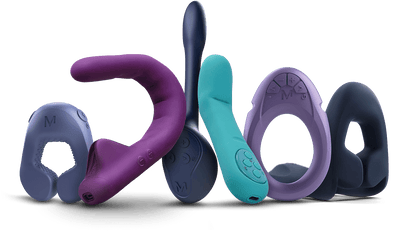Endometriosis is a condition where the tissue that usually lines the inside of the uterus begins to grow outside of it. This condition affects about one in ten women of reproductive age and can cause a range of symptoms, including pain. In this article, we will discuss where you can feel endometriosis pain and how to recognize it.
What is endometriosis?
Endometriosis is a condition that affects women of reproductive age where the tissue that lines the inside of the uterus begins to grow outside of it. This tissue can grow on the ovaries, fallopian tubes, and other areas in the pelvis. Endometriosis can cause pain, heavy menstrual bleeding, and infertility. It can also affect other organs in the body, such as the bladder and bowel.
What are the signs of endometriosis?
1. Pelvic pain
The most common symptom of endometriosis is pelvic pain. This can range from mild discomfort to severe, debilitating pain that interferes with daily life. Pelvic pain can be felt in a variety of ways, including:
- Cramping
- Aching
- Sharp or stabbing pain
- Pressure or heaviness
- Pain during sex or bowel movements
The pain may also be cyclical, meaning it worsens during certain times of the menstrual cycle, such as during menstruation or ovulation.
2. Lower back pain
In addition to pelvic pain, many women with endometriosis also experience lower back pain. This can range from a dull ache to sharp, stabbing pain that radiates down the legs. The lower back pain may be caused by the inflammation of the endometrial tissue, which can put pressure on the nerves in the lower back.
3. Painful periods
Another common symptom of endometriosis is painful periods, also known as dysmenorrhea. This can include intense cramping, heavy bleeding, and nausea or vomiting. Painful periods can be a sign of many different conditions, but if they are severe and interfere with daily life, it may be a sign of endometriosis.
4. Pain during sex
Endometriosis can also cause pain during sex, also known as dyspareunia. This can be due to the inflammation of the tissue, which can make intercourse painful or uncomfortable. Pain during sex can also be caused by scar tissue or adhesions, which can pull or tug on the surrounding tissue during intercourse.
5. Painful bowel movements
In some cases, endometriosis can cause pain during bowel movements. This can be due to endometrial tissue in the bowels, which can cause inflammation and pain. Lesions can also put pressure on the outside of the intestines or rectum, causing further pain.
How to manage endometriosis pain
Endometriosis pain can be managed with pain relievers, hormonal therapy, or surgery. Pain relievers such as acetaminophen or ibuprofen can help relieve mild to moderate pain. Hormonal therapy such as birth control, progestin-only, or hormone injections can help reduce tissue growth and relieve pain. Surgery such as laparoscopy or hysterectomy can remove the tissue growth and relieve pain.
Understanding endometriosis pain for better sexual health
Endometriosis is a condition that affects women of reproductive age and can cause a range of symptoms, including pain. Pelvic pain, pain during sex, painful bowel movements, painful urination, painful menstruation, and infertility are common symptoms of endometriosis.
If you experience any of these symptoms, you should speak to your doctor. Endometriosis pain can be managed with pain relievers, hormonal therapy, or surgery. With proper diagnosis and treatment, women with endometriosis can live a normal and healthy life.















































